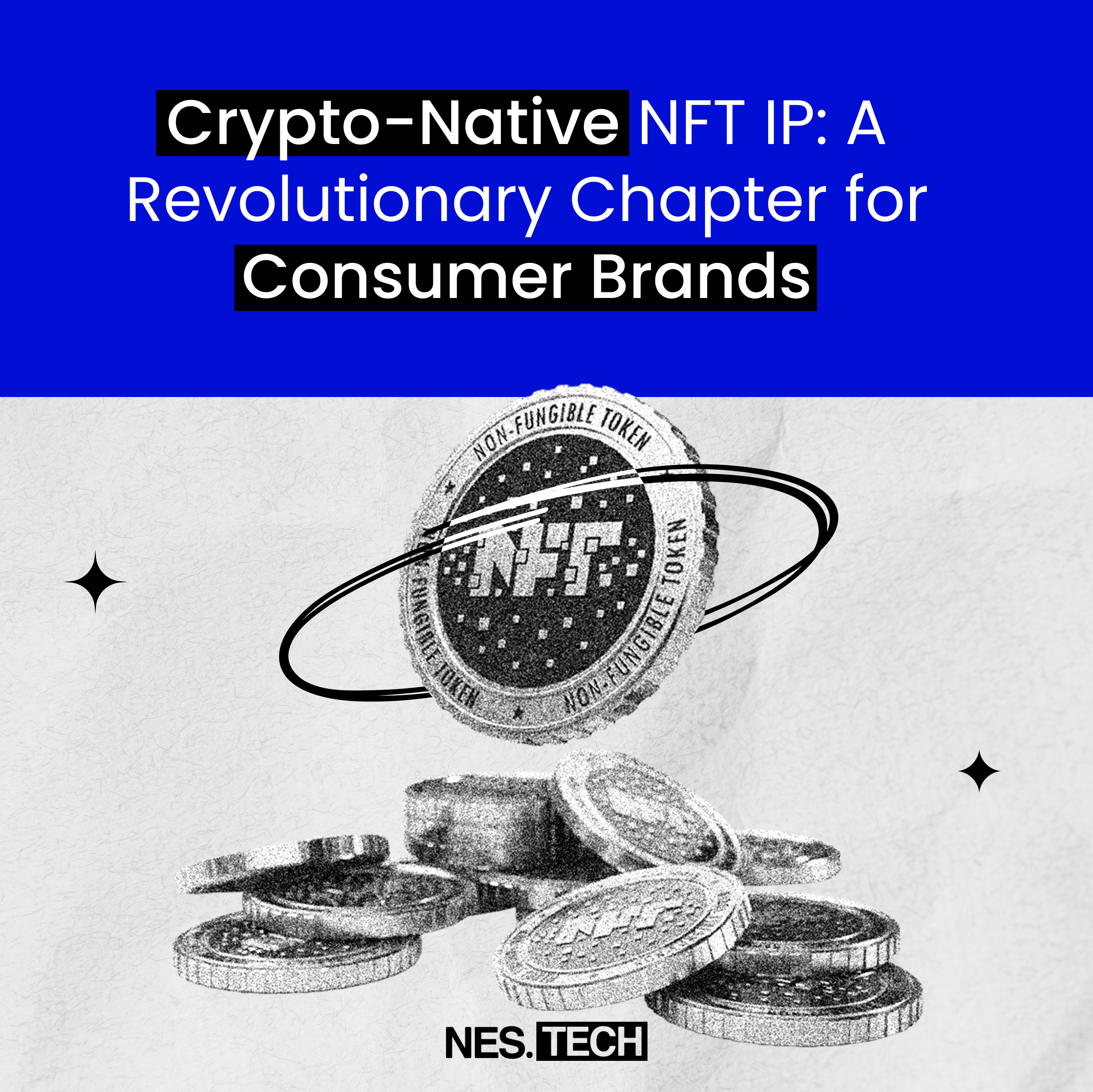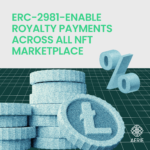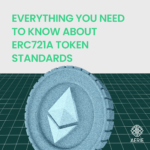Crypto-Native NFT IP: A Revolutionary Chapter for Consumer Brands

As we navigate the dynamic landscape of 2023, the world of Non-Fungible Tokens (NFTs) has undergone a remarkable transformation, especially concerning consumer intellectual property (IP) brands. This exploration delves into the significant changes, hurdles faced, and the emerging strategies within the NFT space, with a keen focus on the intriguing concept of crypto-native IP.
The Canvas of Valued Consumer IP Brands :
Think about the most beloved consumer IP brands like Pokemon, Winnie the Pooh, Mickey Mouse, Star Wars, and Anpanman, each boasting staggering revenue numbers in the billions. However, the traditional IP realm is no easy playing field, with numerous contenders striving for recognition and grappling with formidable barriers to entry, including substantial initial production costs and prolonged bootstrapping processes.
Observation: NFTs as IP 2.0 :-
In recent years, we’ve witnessed an explosion of NFT Profile Picture (PFP) projects, transcending mere visual assets to offer utility in various forms. Ventures like Dookey Dash and Pudgy Penguins have diversified into esports prizes and toy expansions, signaling a departure from the initial emphasis on speculative value. While the NFT bull run brought financial gains, the subsequent bear market laid bare the necessity for NFT projects to deliver tangible utility beyond financial speculation.
Despite the challenges, crypto-native IP has ushered in a revolution in the production, distribution, and expansion of IP, all within a permissionless and transparent ecosystem that empowers consumers and creators. The article envisions NFTs taking center stage as the primary content medium for emerging IP brands, potentially giving rise to some of the most valuable IPs in the future.
The Advantages of Crypto-Native IP :
The crypto realm provides storytellers and artists with a unique opportunity to construct a project’s narrative, community, and distribution from the ground up with minimal upfront investment. NFT collections can be deployed cost-effectively and swiftly, fostering community building and quicker feedback loops on IP direction. This democratization of IP creation opens doors for indie artists and teams to participate and thrive in IP creation, a feat that would be daunting in the traditional web2 IP ecosystem.
Bottoms-Up IP Branding without the Friction :
The traditional top-down IP bootstrapping process, laden with significant costs and extended timelines, stands in stark contrast to the bottom-up approach enabled by NFT IP. Leaner initial IP bootstrapping processes allow brands to focus on storytelling and lore building, leveraging powerful feedback loops shaped by community engagement. Brands like 9GAG, Pudgy Penguins, and Azuki prioritize community involvement, fostering deep loyalty, commitment, and brand evangelism.
Finding Product-Market Fit and Beyond :
NFT IP projects have the luxury of assessing product-market fit early on, minimizing the costs of failure. If an IP fails to resonate, teams can pivot efficiently with minimal resources spent. Conversely, successful IPs can expand into various product verticals over time, mirroring the playbook of traditional IP giants like Disney and Pokemon.
3 Marketplace Structures of Crypto-Native IP :
Let’s introduce three marketplace structures that emerge within the crypto-native IP ecosystem: IP marketplaces, creator marketplaces, and product marketplaces.
1. IP Marketplaces: License-friendly crypto-native IP ecosystems pave the way for new marketplace models, enabling collaboration, brand new marketplace models, and increased participation from contributors.
2. Creator Marketplaces: Congregations of supply-side creators resemble creator marketplaces, fostering competition and coordination effects. This structure allows contributors to build products individually or in groups, enhancing the decentralized creator network.
3. Product Marketplaces: Direct IP holders and community members curate brand-specific product offerings, creating more opportunities for self-driven curation and increased retention.
Challenges and Solutions :
Despite the immense potential, challenges persist in open IP licenses and structures. Lack of clear brand goals, poor execution, and the absence of ownership incentives can hinder the effectiveness of decentralized IP brands. The article suggests frameworks like the OBRA model and explores the need for financial incentives to address these challenges effectively.
Conclusion :
In conclusion, envision a future where multi-billion dollar IP consumer brands can be built with a fraction of the initial investment previously required. Teams fostering cohesion, consistent communication with valued holders, and the delivery of meaningful utility are positioned to compete with longstanding giants in the IP space. The crypto-native IP revolution is reshaping the landscape, offering a more equitable and efficient environment for creators, contributors, and consumers alike.









